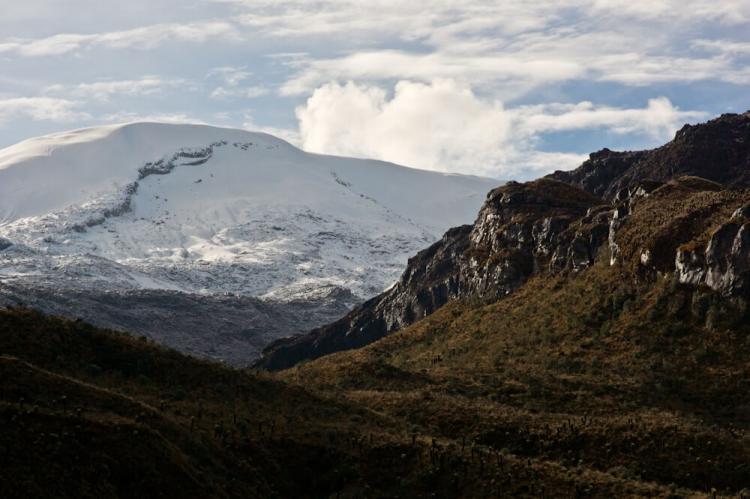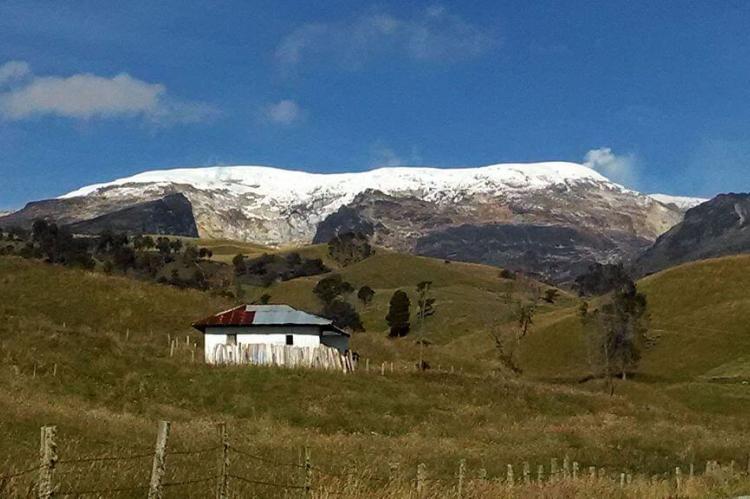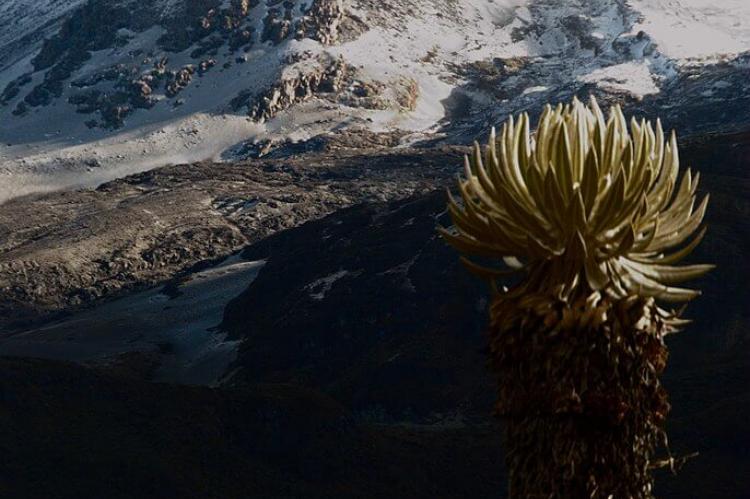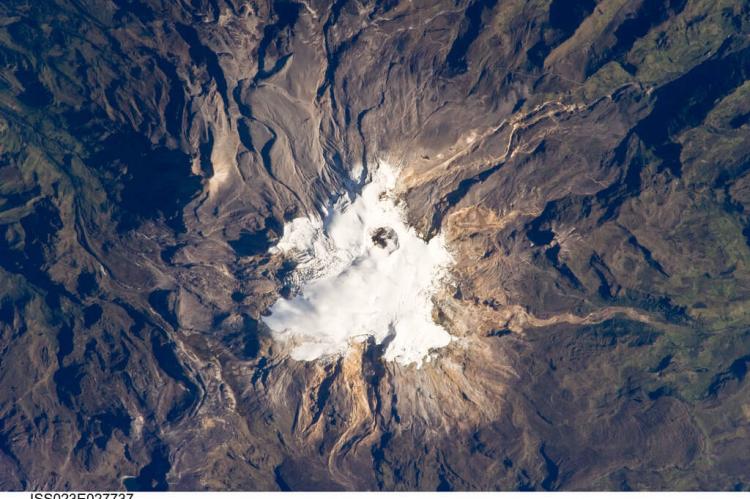Nevado del Ruiz Volcano: Colombia's Geological Marvel
The formidable Nevado del Ruiz Volcano is nestled within the Cordillera Central of the Colombian Andes, northwest of Bogotá. Towering majestically amidst the rugged landscape, it is a prominent feature of Los Nevados National Natural Park and a testament to the dynamic forces that shape our planet.
Nevado del Ruiz Volcano: Colombia's Geological Marvel
The formidable Nevado del Ruiz Volcano is nestled within the Cordillera Central of the Colombian Andes, approximately 140 kilometers (87 miles) northwest of Bogotá. Towering majestically amidst the rugged landscape, it is a prominent feature of Los Nevados National Natural Park and a testament to the dynamic forces that shape our planet.
Geological Features and Geology
Nevado del Ruiz Volcano, a towering sentinel in the Colombian Andes, is a product of complex geological processes that have shaped the region over millions of years. The volcano is part of the Pacific Ring of Fire, a horseshoe-shaped seismic and volcanic activity belt encircling the Pacific Ocean. It is situated within the North Volcanic Zone of the Andean Volcanic Belt.
The massif of Nevado del Ruiz spans over 200 square kilometers (77 square miles) and is characterized by its large stratovolcano structure. This cone-shaped volcano, built from successive layers of lava, ash, and pyroclastic-flow deposits, rises dramatically from the surrounding landscape. Steep slopes reach angles of 20 to 30 degrees near the summit. These slopes gradually become less steep at lower elevations, extending towards the Magdalena River to the north and the Cauca River to the west.
At the heart of Nevado del Ruiz lies a caldera—an enormous crater-like depression formed by the collapse of land following volcanic activity. Within this caldera, five lava domes have emerged, constructed within the remnants of an ancestral volcano. The modern volcanic cone of Nevado del Ruiz is a testament to the ongoing geological processes shaping the Andes Mountains landscape.
The geology of Nevado del Ruiz is further influenced by its position at the intersection of four faults, some of which remain active. These faults, fractures in the Earth's crust, serve as conduits for magma generated deep within the Earth's mantle. As magma rises towards the surface, it accumulates beneath the volcano, eventually erupting to form the iconic cone-shaped structure that defines Nevado del Ruiz.
Over thousands of years, glaciers have sculpted the summit of Nevado del Ruiz, shaping its distinctive landscape and leaving behind a legacy of glacial retreat. The volcano's summit is adorned with glaciers that have generally receded since the last glacial maximum, revealing the rocky terrain beneath. These glaciers, fed by snowfall and meltwater, serve as a vital source of freshwater for surrounding communities.
Flora and Fauna
The diverse ecosystems surrounding Nevado del Ruiz Volcano harbor a rich array of flora and fauna adapted to the extreme conditions of high-altitude environments. In the upper reaches of the volcano, where glaciers and snowfields dominate the landscape, hardy plant species such as mosses, lichens, and alpine grasses cling to rocky outcrops, surviving in the harsh alpine environment. As elevation decreases, lush Andean forests blanket the slopes, teeming with life. Here, towering stands of native trees such as the wax palm (Ceroxylon quindiuense), Colombia's national tree, mingle with bamboo thickets, ferns, and bromeliads, providing habitat for diverse wildlife.
Among the fauna that call Nevado del Ruiz home are Andean condors (Vultur gryphus), spectacled bears (Tremarctos ornatus), Andean foxes (Lycalopex culpaeus), and the elusive Andean mountain cat (Leopardus jacobita). Numerous bird species, including hummingbirds, tanagers, and toucans, flit among the branches, while mammals such as pumas (Puma concolor) and mountain tapirs (Tapirus pinchaque) roam the forest floor. The unique blend of habitats surrounding Nevado del Ruiz supports an extraordinary diversity of life, making it a haven for biodiversity in the Colombian Andes.
Armero Tragedy
The 1985 eruption of Nevado del Ruiz stands as one of the most tragic events in Colombia's history, leaving a lasting scar on the nation's collective memory. On November 13, 1985, an explosive eruption at the Arenas Crater unleashed a series of pyroclastic flows that melted summit glaciers and snow, generating four devastating mudflows known as lahars.
These lahars, composed of volcanic debris, water, and mud, cascaded down the river valleys along the volcano's flanks, wreaking havoc and destruction. The town of Armero, nestled in the shadow of Nevado del Ruiz, bore the brunt of the disaster, with tens of thousands of lives lost in the blink of an eye. The disaster, now known as the Armero tragedy, stands as one of the deadliest volcanic eruptions in recorded history, claiming at least 23,000 lives and leaving a nation in mourning.
Despite the devastation wrought by the 1985 eruption, Nevado del Ruiz endures as a symbol of resilience and the power of nature. Its rugged beauty and geological significance continue to captivate scientists and adventurers as a stark reminder of the ever-present forces shaping our world. Nevado del Ruiz has erupted several times since 1985 and continues to threaten up to 500,000 people living along the Combeima, Chinchiná, Coello-Toche, and Guali river valleys.





